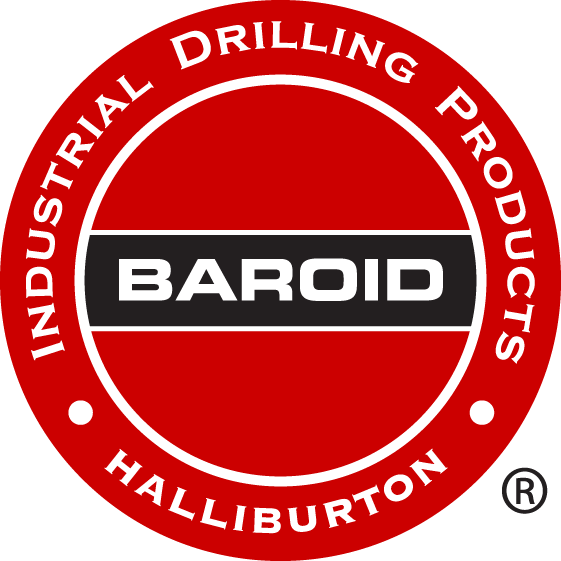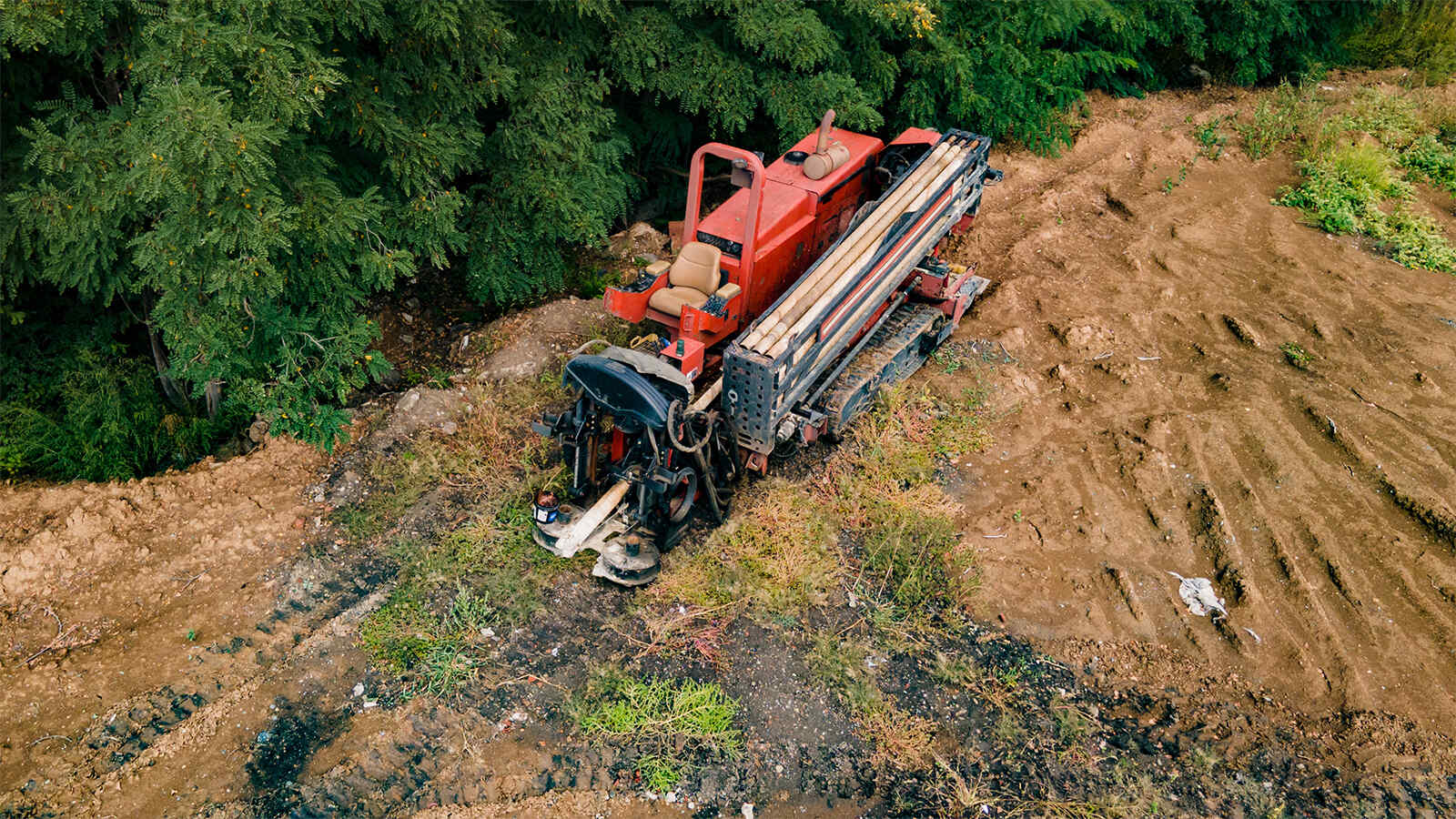 Search
Search
 Search
Search

DRILLMASTER SERIES
Bentonite based drilling fluids are used in both vertical and horizontal drilling. The desirable drilling fluid properties, however, are different. A drilling fluid property that is desirable in vertical drilling may be detrimental or used differently in HDD.
Viscosity is the measurement of the thickness of a fluid. It is measured with a Marsh Viscosity Funnel and is reported in seconds per quart. Viscosity measurements are important in HDD but are important for different reasons than in vertical drilling. Viscosity is something of a necessary evil in HDD. Gel strength and filtration are of more importance in horizontal than viscosity but viscosity is a by-product of achieving these desirable properties. Excessive viscosity is undesirable because of the pressures that can be generated by higher viscosity in the borehole when pumping horizontally. A primary objective in horizontal directional drilling (HDD) is to maintain flow. Mr. Webster’s dictionary tells us that the definition of viscosity is resistance to flow. There are other ways of achieving gel strength and filtration control than adding more bentonite, thus raising the viscosity to excessive levels. We try to design skinny fluids that act fat.
Gel strength is the measurement of the suspension properties of a drilling fluid. Gel strength is measured with a rheometer or shearometer and is reported in pounds per 100 square feet. Gel strength is of the utmost importance, especially in coarse-grained soils (sand, gravel and rock). In a vertical hole, we remove solids with viscosity and velocity. In HDD, we don’t have velocity working on our side because of the pumps we use and the size of reamers we may be using. We can’t depend on annular velocity. In addition, annular velocity rates that may be desirable in vertical applications may erode the less consolidated soils that are encountered at depths as shallow as 3 to 4 feet as are often encountered in utility HDD. We make the comment that the primary responsibility of a bit or a reamer is considered to be cutting a bore-path through the soil, the actual cutting operation. The secondary responsibility, which is of equal importance, is to mix the soil that is being cut into a slurry with the fluid. It then becomes the responsibility of the fluid to suspend these solids and keep them in suspension until they can be transported out of the hole. This resulting slurry (solids + fluid) becomes the conveyor belt to remove at least enough solids to make room for the product line. It is important to remember that, unlike vertical drilling, there is never an empty hole. The slurry (solids + fluid) aids in supporting the ceilings of these horizontal bore-paths. The solids will not remain in suspension to maintain the slurry without gel strengths.
Filtration control and filter cake, while being marriage partners (you can’t have one without the other) can be seen as two separate properties. In sand, for example, the filter cake quality is of extreme importance. In sand situations, the filter cake is the sealant, grout or stabilizing property of the fluid that maintains the integrity of the borehole. A good quality filter cake (wall cake), however, cannot be obtained without an acceptable filtrate (water loss). The filtrate amount in a sand situation, however, is incidental, secondary to the filter cake quality. In clay or shale, the opposite can be true. The filtrate quantity and quality is more important to prevent hydration, to keep the water phase from reaching the clay or shale and allow swelling to take place. In clay or shale, the filter cake can be construed as being incidental. However, a good, low filtrate volume cannot be obtained without good quality filter cake. Filter cake and filtrate are determined with a filter press. Filter cake is reported in 32nd’s of an inch. Filtrate is measured in cc’s.
Fluid density is not a concern as it is in vertical drilling when related to hydrostatic head. Because of the relatively shallow depths at which HDD installations are made, hydrostatic head doesn’t come into play. This is not saying that fluid (slurry) density is not important. In HDD, the density is used to measure the solids content of the fluid or slurry. A formula is used to convert the density of the fluid or slurry to solids content. This formula, (density – 8.33) X 8 = % solids, is used in two ways. First, it can be used to determine the solids content of the return flow into the sump or catch pit. If the solids content is too high, we have an indication that we need to turn up the pump or, if we re using all available pump, we need to slow down our drilling or back-reaming speed. Second, it can be used to gauge the effectiveness of solids control equipment in a recycling system. The fluid density is measured with a mud balance and is reported in pounds per gallon.
Sand content determines the amount of sand that is in the fluid or slurry. This is not to be confused with total solids content. The sand content is simply determination of solids larger than 200 mesh that are entrained in the fluid. Sand content is measured with a sand content kit and is reported in percent of total volume.
pH is an indicator of water quality and is used the same as we should be using to test water quality in all drilling practices. Low pH also indicates the possible presence of calcium. pH is adjusted using soda ash, sodium carbonate. It is measured with pH indicator strips, papers or meters.
It is important to remember that, although we are using much the same materials in both vertical drilling and HDD, we have different needs as far as fluid properties are concerned. These properties are adjustable. Let’s adjust them to be beneficial rather than detrimental.
